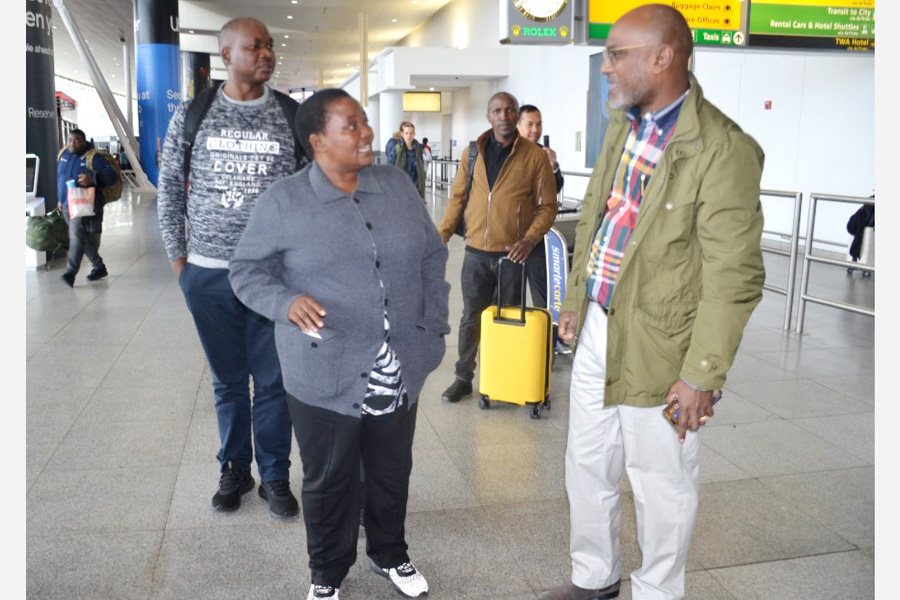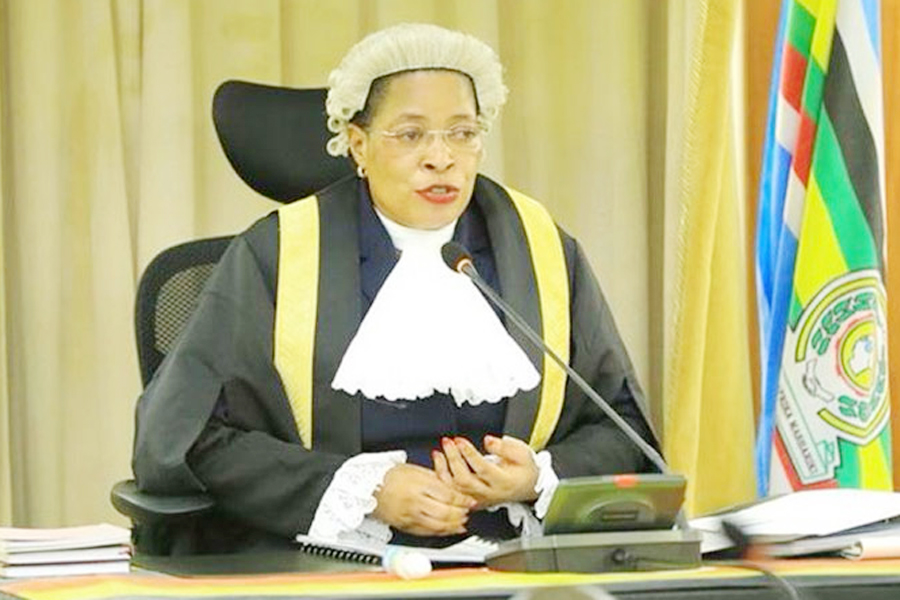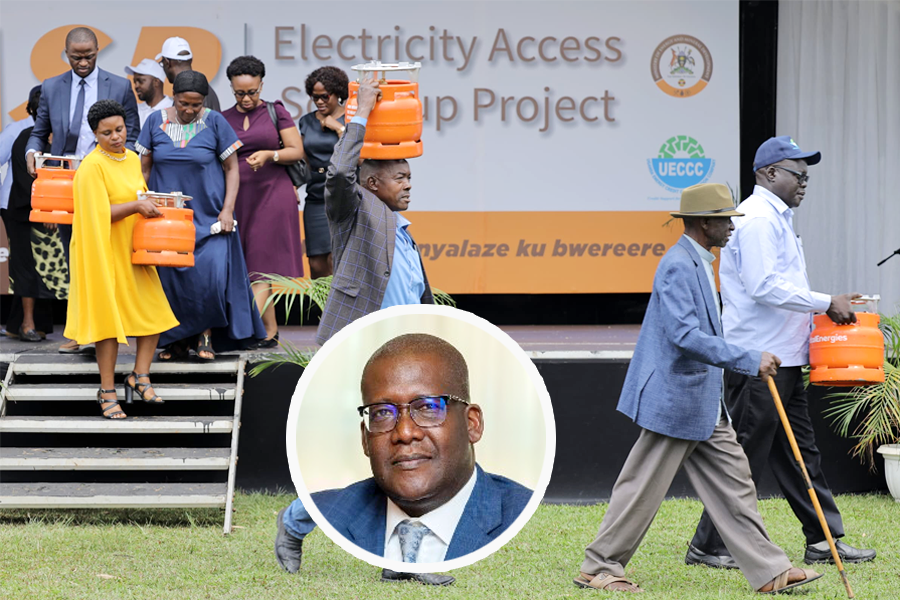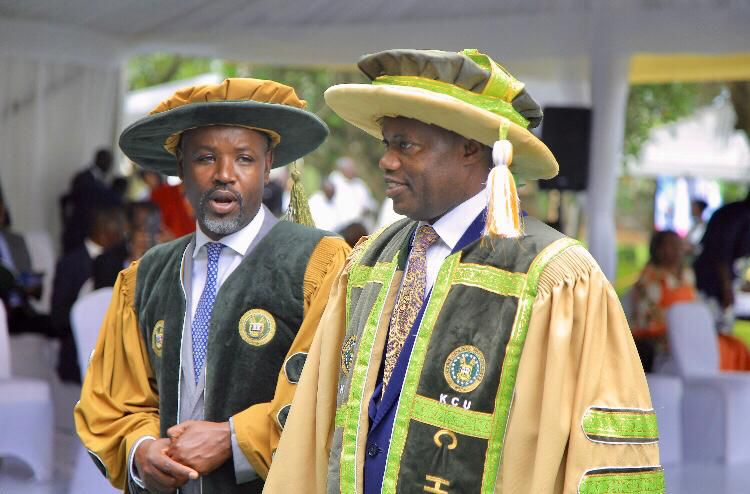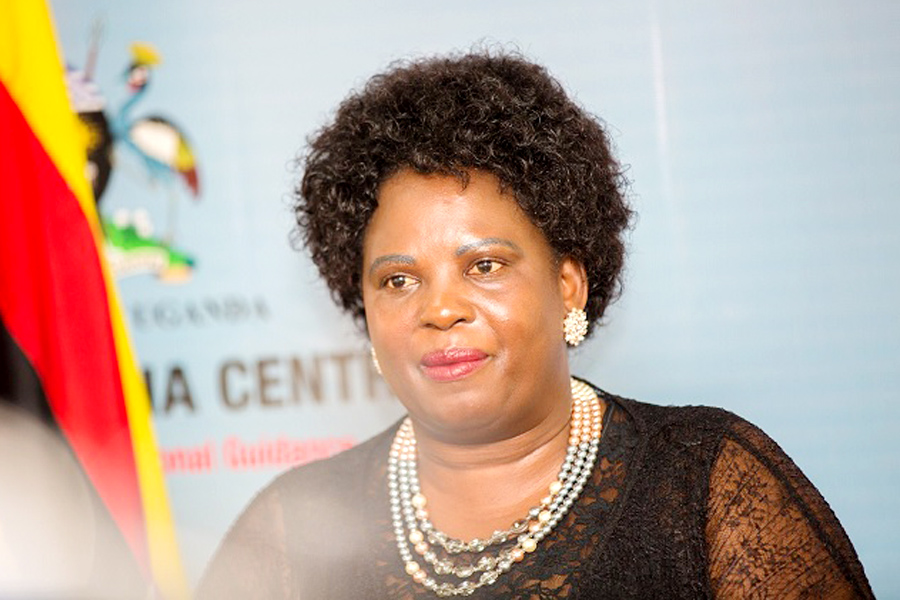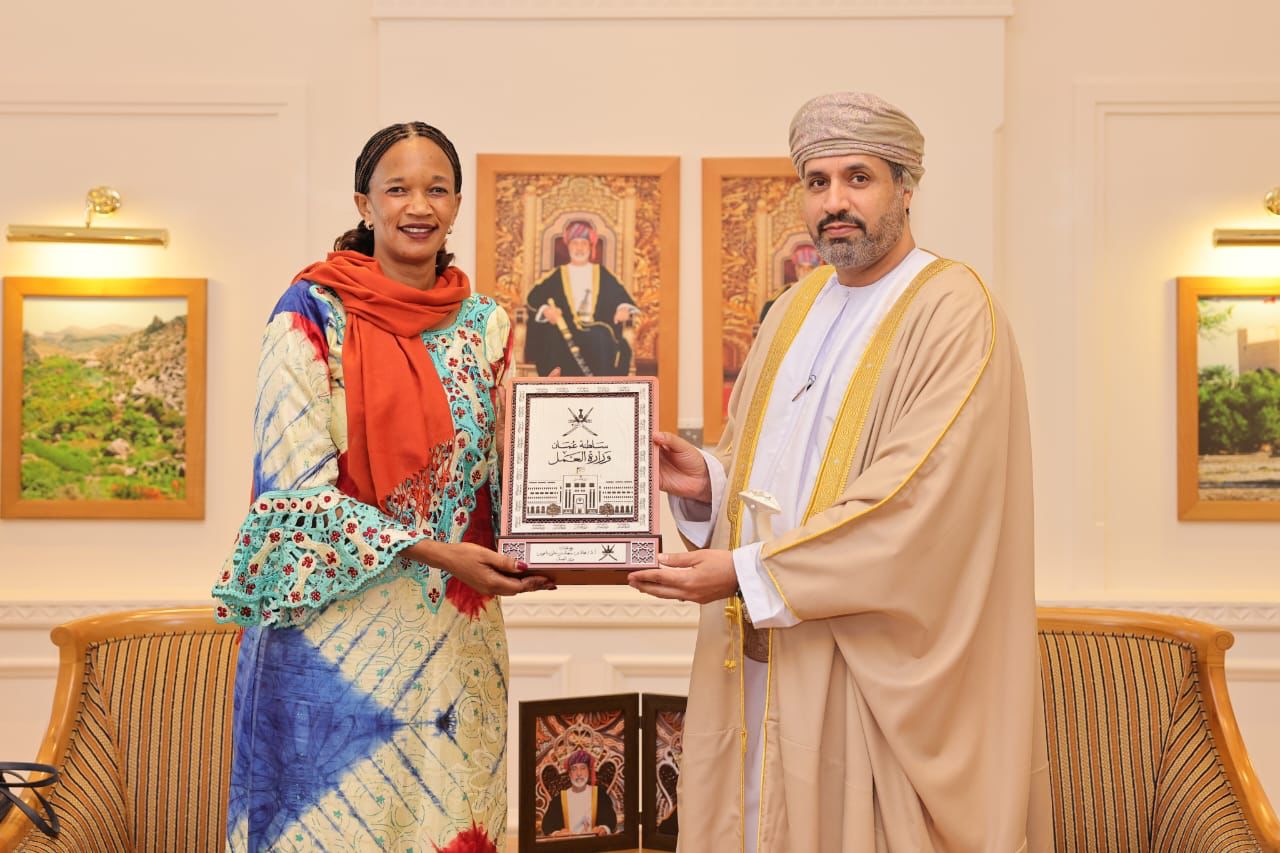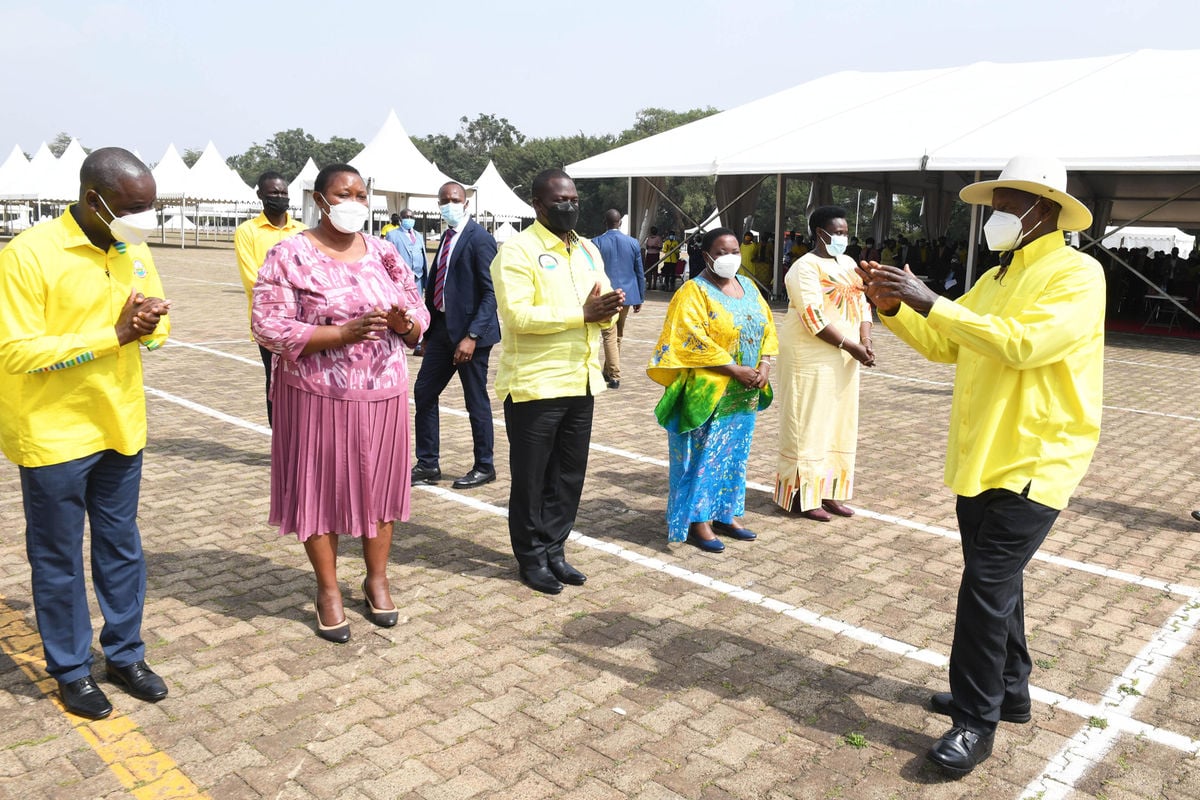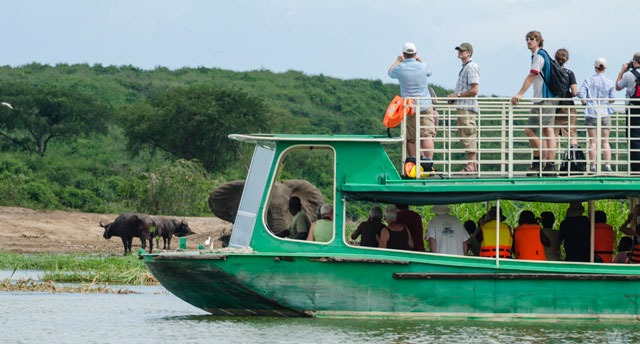Keep Reading
The leaders are concerned about high poverty levels in Karamoja--above 74 percent-- amidst vast interventions from development partners.
During the coordination meeting for the Karamoja Integrated Development Plan (KIDP) with donors, non-government organisations (NGOs) and leaders from the region, State Minister for Ethics and Integrity, Fr. Simon Lokodo said a number of NGOs operate on remote control.
Lokodo noted that while some NGOs secured funds to operate in Karamoja, their effect is not felt on the ground.
The minister for Karamoja Affairs, Engineer John Byabagambi, said that much as there are plans to streamline all partners in Karamoja, some NGO funding needs to be investigated.
The progress report prepared by Christine Guwatudde Kintu, the Permanent Secretary in the Office of the Prime Minister, indicates that there are 39 NGOs registered and have submitted reports out of estimated 57 NGOs operating in Karamoja.
Kintu said in the NGO mapping report of 2016, 22 out of the 46 projects supported by bi-lateral donors were implemented by NGOs.
Majority of NGOs are concentrated in Moroto and Nakapiripirit districts with 24 NGOs each, followed by Napak with 22 and Kaabong with 19.
In October this year, Moroto district threatened to blacklist briefcase NGOs that are not visible on the ground.



